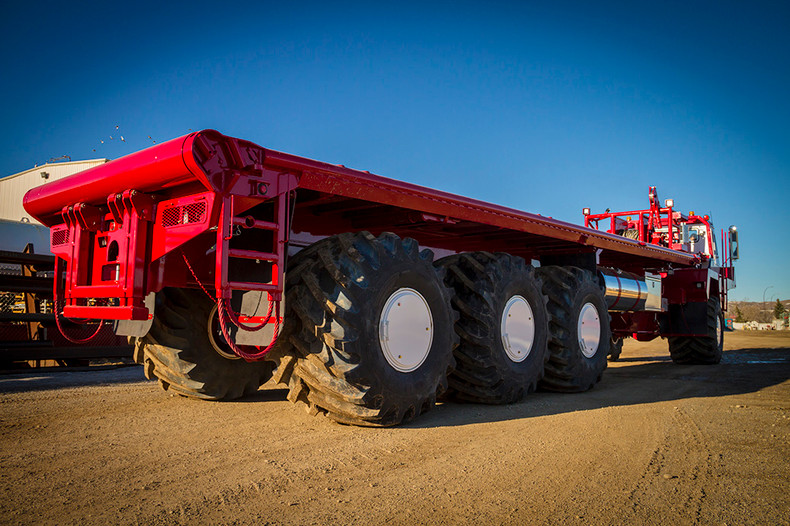Buying a truck is easy. However, the maintenance that follows to optimize its performance and ensure drivability is the difficult part of truck ownership. A TMC/FleetNet America Vertical Benchmarking Program survey found an industrywide increase in the frequency of unscheduled roadside maintenance for trucks. However, the truck suspension is one of several truck parts that is frequently overlooked during routine servicing. If the suspension is impacted, the drivability of the truck is compromised to a great extent.
What is suspension? How does it help?
A reliable suspension system is a key to a driver’s safety and comfort in a truck. It comprises all the parts of the vehicle that connect it to the road. The suspension helps maneuver the vehicle smoothly over the all-terrain, minimizes jerks, cushions internal parts and passengers from road shocks, ensures tire grip, and prevents the vehicle from toppling over by providing the necessary balance.
Why is it essential to schedule truck suspension maintenance?
The suspension system comprises several complex parts that are susceptible to wear and tear. To avoid any malfunction and ensure a safe drive at all times, it is essential to carry out regular suspension inspections and perform any repairs required. Failure to address these concerns can cause a breakdown of the suspension system, and the subsequent costs incurred to fix it are high.
How can I ensure that my suspension is well-maintained?
It is usually a mix of internal and external factors that burdens the suspension. Here’s a quick checklist that you can refer to during your next routine maintenance to verify the health of your suspension.
●Tire monitoring
Tires are one of the components of the suspension system that should be examined frequently as the suspension and tires of a truck are interlinked. This means that the maintenance of one directly impacts the other’s performance. While poor maintenance standards of either system can cause malfunction of the other, this correlation can also serve as an indicator for timely diagnosis of problems. For example, tire troubles on the truck could be symptomatic of a larger suspension-related issue and vice versa.
Check the inflation of all tires regularly after every few thousand miles and see that the tires are not losing pressure rapidly. The tire pressure impacts the tire tread wear, so tread depth and uneven wearing can indicate problems with the suspension. Additionally, rotate your tires or replace them if required.
●Steering check
While performing an oil change, check the power steering fluid. If it’s low, replenish it to keep the vehicle lubricated and the systems in working order. A tighter steering wheel is indicative of troubles in the suspension system.
●Aligning the wheel
Depending upon the truck’s usage, carry out a wheel alignment for all the truck's wheels. Alternatively, this can be done any time you replace your tires. Proper alignment slows down tire wear while poorly aligned tires overwhelm the suspension by putting pressure on its internal components. Rough terrain will always contribute to misalignment, but you can beat it by going in for regular realignments.
●Watching for drifts
If you feel the truck drifting more than usual while turning, it is time to get your vehicle examined. This pulling action is likely due to a suspension issue as parts of the suspension system influence steering response and balance of the vehicle. Similarly, observe to see if your truck sways while going over bumps. If you feel the truck sway from side to side or bounce, it means that the suspension is struggling to withstand bumps.
●Inspecting suspension components
Regular inspection of critical parts and components for wear helps ensure truck performance. Get your mechanic to check parts such as bushing and joints for damage and shock absorbers for leakage.
The Bottom Line
As discussed above, various components and factors contribute to the suspension system’s performance. These components should be checked and serviced regularly as per the manufacturer’s manual to improve the longevity of all parts. Damaged suspensions are costly to repair and can be a safety hazard. You can avoid both situations through recurring maintenance.
Moreover, it is important to purchase only original suspension parts for a replacement to ensure quality and efficiency. You can order them from Truck Suspension Parts online in USA at competitive prices.


